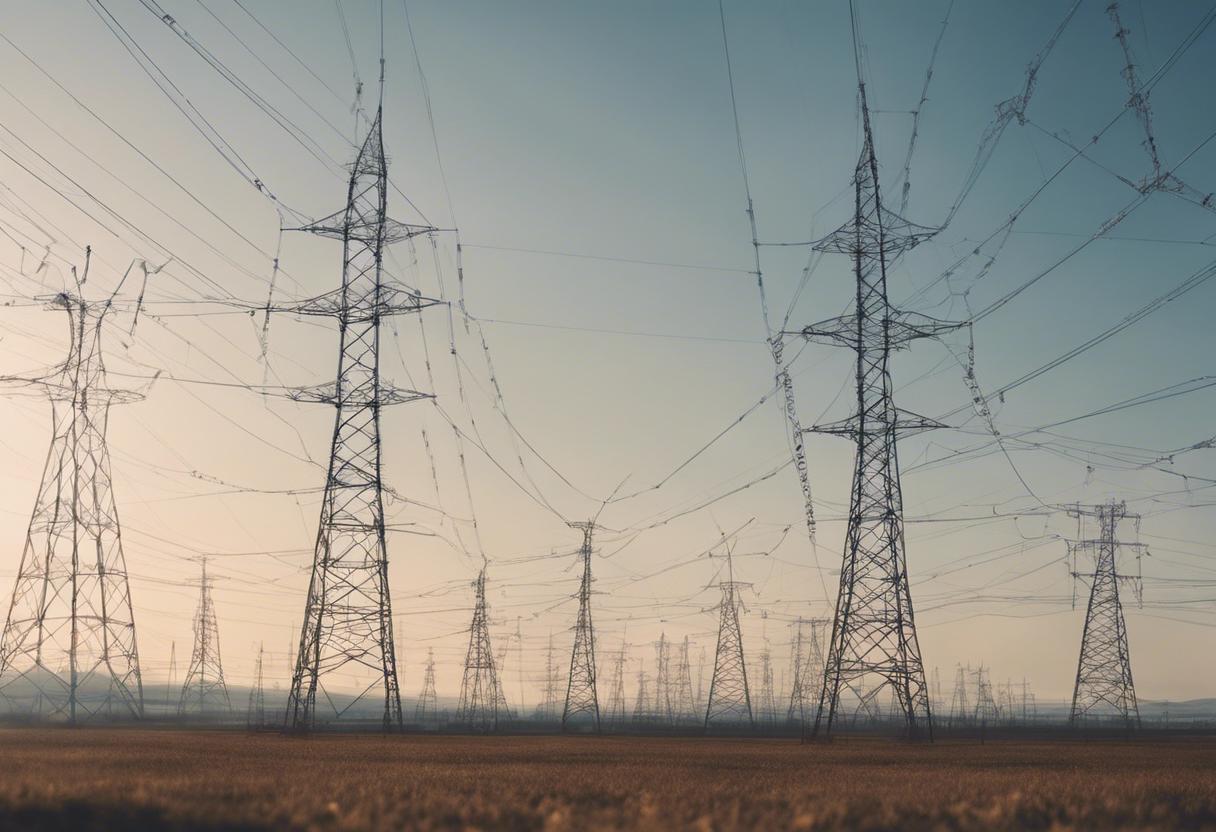Electricity providers pursuing new connections to the national power grid will have the opportunity to lodge applications twice a year rather than annually, following a system reform celebrated by industry insiders. Up until now, EirGrid, the national grid operator, and ESB Networks only accepted requests for fresh connections for a one-month period in the autumn. Missing this deadline necessitated the project builder to pause for another year.
However, the Commission for the Regulation of Utilities (CRU), the watchdog for the energy industry, has revealed that from next year, organisations can submit applications for new connections twice annually. Alongside this alteration, the application process will accommodate preliminary negotiations for incoming applicants.
As per the new guidelines set out by the CRU, suppliers of renewable resources such as wind and solar energy will only require formal recognition of their finished planning applications as opposed to comprehensive planning permission to apply for grid connections. The demand for complete planning permission has, until now, been a significant element slowing the pace of securing grid connections, as cited by renewable developers.
The reforms have been warmly received, with Wind Energy Ireland’s CEO, Noel Cunniffe describing them as a “major leap forward” in hastening the speed at which renewables can be linked to the national power grid. “We are eager to engage closely with the CRU, EirGrid and ESB Networks to ensure the success of this new process, as we all strive towards the objective of energy self-sufficiency for our nation,” he stated further.
Phil Hemmingway, CRU’s director of decarbonisation, stated that the aim of the policy is to offer fresh projects more chances to connect to the grid in a “fast-tracked time frame”. Additionally, the CRU declared that by 1st October of next year, it will mandate the dominant electricity providers in the Republic to present consumers with “dynamic” fees linked to the wholesale electricity market.
These variable tariffs mirror fluctuations in the wholesale market where rates shift every thirty minutes contingent on demand. Prices peak during high-demand periods but plummet significantly when demand subsides, particularly during late-night hours. In the regulator’s view, not all customers would appreciate this change, but it would allow “engaged” businesses and households to adapt their consumption to these price fluctuations. This directive will apply to all providers serving over 200,000 customers, including ESB’s subsidiary, Electric Ireland and Bord Gáis Energy among others.

